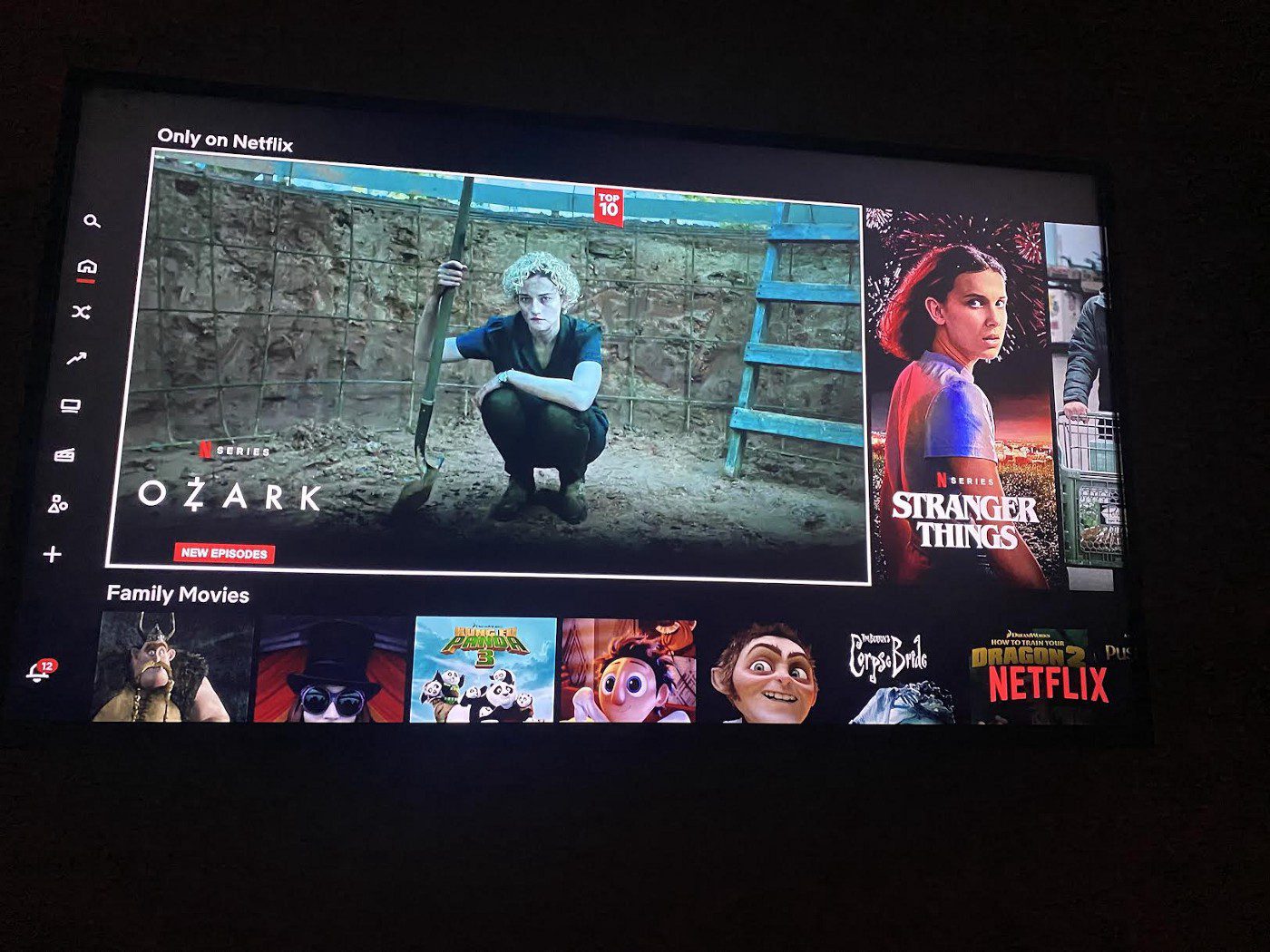By Cooper Shannon
Netflix announced a new, low-cost subscription plan of the streaming service to be offered in 2023, and possibly in the last few months of 2022. The new plan will be the cheapest monthly subscription plan offered by Netflix, but it will come with a price of sorts — advertisements. For the first time in its 30-year history, the streaming service giant will feature ads.
The dominant streaming platform, which began by delivering DVDs of movies to customers and is known now for its famous red “N,” has been the top streaming service for most of 21st century. The company, valued at about $80 billion in early May, has adapted through the years to the ever-changing social media- and streaming-oriented society we have become. Because of its adaptability, the company has remained the world’s most-watched streaming service.
The recently proposed plan would cost $4.99 a month, allowing one screen of streaming at a time and featuring advertisements during streams. This compares with the company’s current plans, ranging from $9.99 a month for a basic plan to the premium plan, which goes for $19.99 (see chart below).
Netflix founder Reed Hastings, the company’s chairman and co-chief executive officer, had said more than once in the past that there would be no advertising on the streaming platform, but that is no longer the case. Aimed at low-budget consumers that Netflix has failed to captivate so far, the reduced-cost plan will target younger audiences, including college students.
Hofstra University student Ryan Zahringer pays for his streaming services himself, and borrows accounts from his friends as well. “I already pay $7 a month for Netflix, but I don’t really know if I’d want to save $3 or $4 month if it means advertisements. That’s pretty much the only reason I don’t use Hulu or anything else,” Zahringer said.
Others think differently. “I’d definitely use Netflix if it was only five bucks a month,” said Isabel Davila, another Hofstra student. “Ads are so tiny compared to what I want to watch, and if I can save a couple dollars here and there, I’ll take the opportunity.”
Netflix recently saw a drop in subscribers and share prices. For the first time in more than a decade, Netflix experienced a drop in subscribers this year, with the company feeling the effects of an unexpectedly heavy first-quarter reduction in subscribers, which caused stocks to slide 35 percent, knocking tens of billions of dollars off its market capitalization, or the total value of all its outstanding stocks.

A Hempstead retiree has found the stock market to be a good way to make money. David Montoya, 68, has invested in stocks for more than 20 years. “I had Netflix stocks since they sold DVDs; they made me a good amount of money. Luckily, I sold most of them during the end of the [coronavirus] pandemic, but the ones I kept lost me a good amount of money,” Montoya said.

Adding to the financial headwinds that it faces, Netflix pulled out of the Russian market in March following the country’s Feb. 24 invasion of Ukraine. The move cost Netflix 700,000 subscribers, according to The Washington Post. Despite such losses, Netflix still has 200 million subscribers worldwide.

Netflix currently offers three subscription models:
The Basic Plan: Costs $9.99. per month. Subscribers can stream one screen at a time.
The Standard Plan: The most popular choice by consumers, this one costs $15.49 per month. Users can stream movies and shows from two screens at a time
The Premium Plan: Costs $19.99/month. Consumers can watch Netflix on four screens at a time and stream in 4K Ultra HD with the right TV.
This year, Netflix raised prices on each of its plans by a few dollars to account for rising inflation and subscriber loss.

Netflix has canceled 11 unfinished shows so far this year, according to gamespot.com. The shows were anticipated to have had at least one more season, as their plots remain hanging without a close. Most had already had their second-season budgets cut, but because of low viewership, Netflix decided to nix them.
While Netflix has not lost its grip on the streaming industry, the future for streaming as a whole remains uncertain. Consumer opinion is sure to affect the decision-making process of the major services, and time will tell how they fare in a post-pandemic world.









